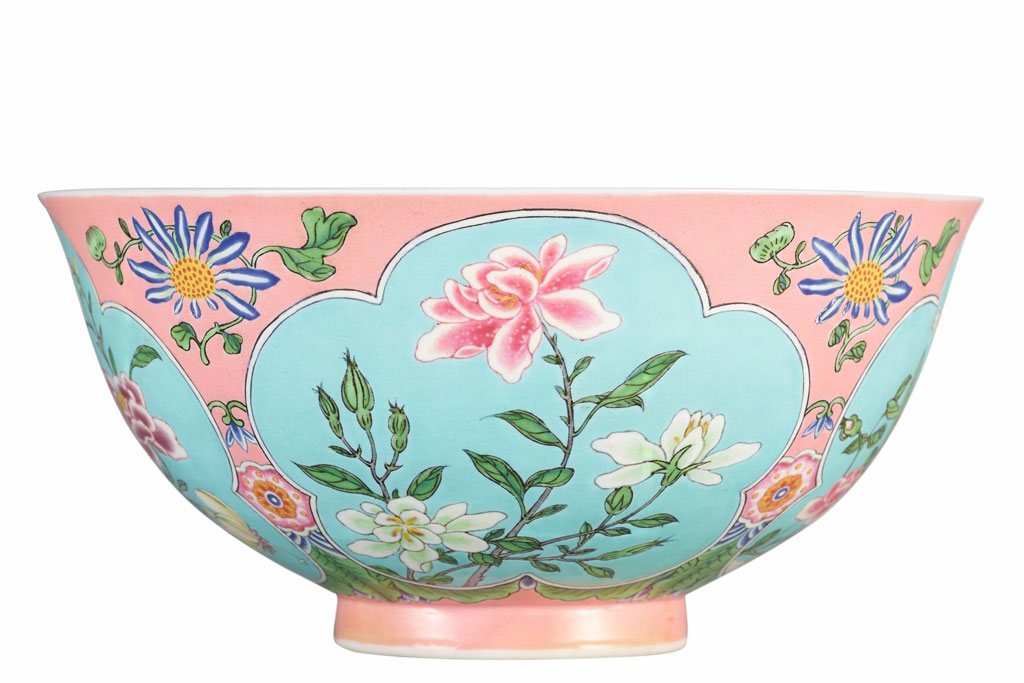Update: The Chinese Ceramic That Broke the Internet
Why the art world are losing their minds over this small, pink bowl....
This post may contain affiliate links. Learn more
You might think at first look, yeah, it’s cute. Sotheby’s, on the other hand, is calling M. Knight’s Gold-Pink Falangcai Bowl the finest ever example of its type to come to market.
The bowl was made by Imperial Order for the Kangxi Emperor and is considered a beauty of such stature that the market has not seen for 30 years.

The H.M Knight Falangcai Bowl; A SUPERBLY ENAMELLED, FINE AND EXCEEDINGLY RARE PINK-GROUND FALANGCAI BOWL; PUCE-ENAMEL YUZHI MARK AND PERIOD OF KANGXI; 14.7 cm, 5 3/4 in.
This enamelled, fine and exceedingly rare H.M. Knight Pink-Ground Falangcai Bowl, traceable to 1930s Shanghai, is set to steal the show at Sotheby’s Hong Kong Chinese Works of Art Spring Sale Series 2018 on 3 April. A rediscovered imperial heirloom handscroll by Qian Weicheng, the bowl was bequeathed by the last Emperor Pu Yi to his younger brother Pu Jie and sutras. The H.H. Knight Falangcai is expected to go under the hammer for over HK$200 million / US$25.6 million / £18.5 million.
5 Craft Trends from 2018 and Where to Learn Them in the UK
‘There is extraordinary quality and breadth in our offerings of Chinese art this season, with possibly the finest assemblage of Qing porcelain on offer in recent memory. The H. M. Knight Gold-Pink Falangcai Bowl ranks without question among the very finest Imperially enamelled porcelains made for the personal use of the Kangxi emperor, whilst the Ruby-Ground Sgraffito bottle vase and the unusually large Lemon-Yellow Ground and Blue Tianqiuping both testify to the exceedingly high levels of craftsmanship achieved at the Imperial kilns during the reign of the Qianlong Emperor.’ – Nicolas Chow, Deputy Chairman, Sotheby’s Asia
The only bowl likened to this one resides at the National Palace Museum in Taipei – its painted flower pattern is different yet it bears the same colour ground. The rarity of their colour, as well as expert level firing technique, makes it likely that the two were painted and fired side by side at the Imperial kilns in Jingdezhen. It is probable that the bowls were then painted in the Imperial Palace workshops in Beijing’s Forbidden City by Jesuit residents at the court of the Kangxi emperor.
Update 3 April:
The bowl which was made by Imperial Order for the Kangxi Emperor has achieved the exceptional price of HK$239 Million/ US$30.4 Million/ £21.7 Million.
Looking for more art in London? The Town Culture Diary knows best.
